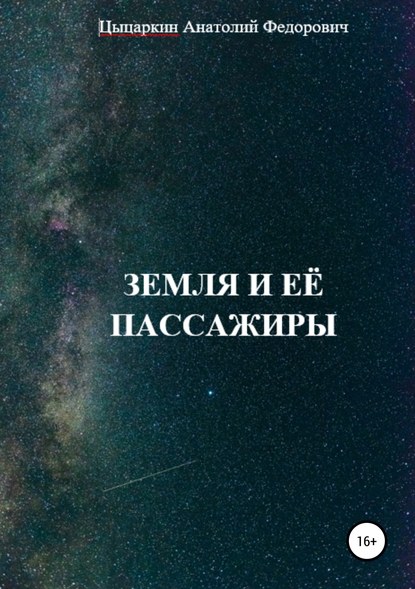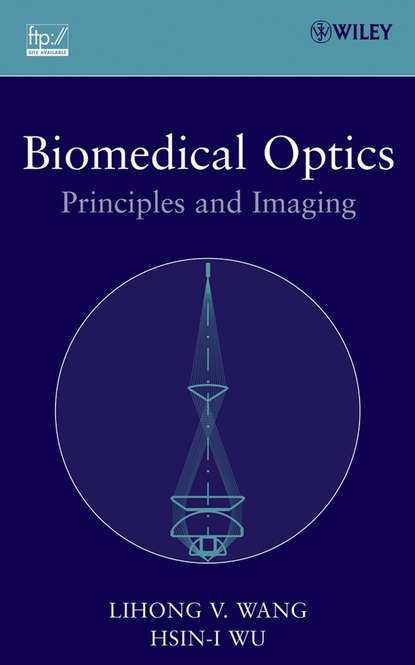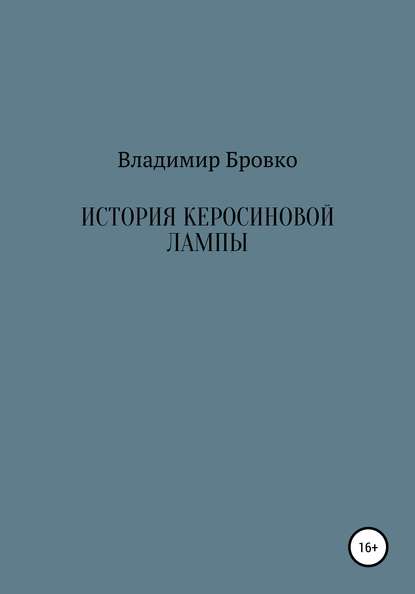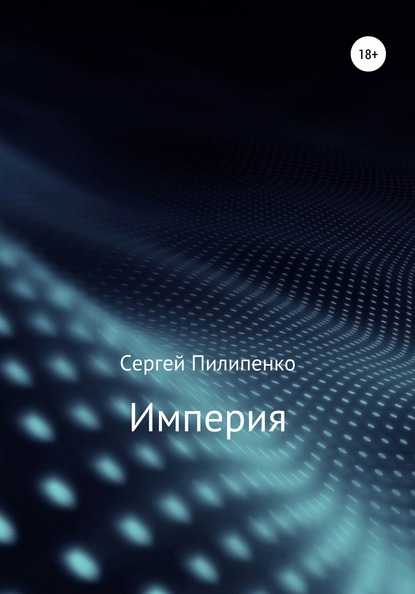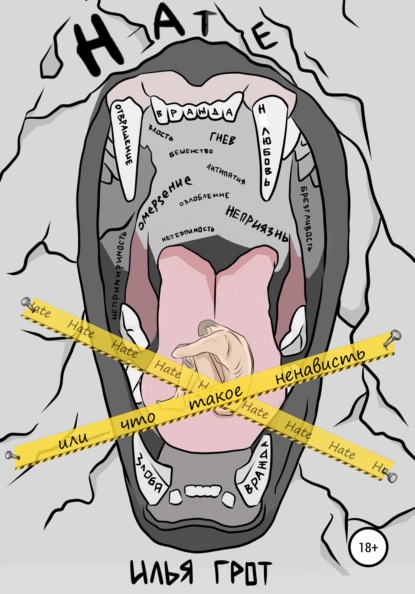В центре координационной химии лежит координационная связь, в своем простейшем понимании возникающая при донорстве пары электронов от атома-донора на свободную орбиталь центрального металлоида или металла. Металлы в подавляющем большинстве встречаются в виде катионов, но эти катионы редко встречаются "голыми" - они "одеты" в массив других атомов, молекул или ионов, образующих координационные ковалентные связи (отсюда и название координационные соединения). Эти комплексы металлов ионов повсеместно встречаются в природе и играют центральную роль в множестве природных и синтетических реакций.
Написанная в высшей степени читабельном, описательном и доступном стиле, книга "Введение в координационную химию" описывает свойства координационных соединений, такие как цвет, магнетизм и реакционная способность, а также логику их сборки и номенклатуру. Она иллюстрирована множеством примеров важности координационной химии в реальной жизни и включает обширные ссылки и библиографию. "Введение в координационную химию" представляет собой всестороннее и глубокое обсуждение одного из основных направлений изучения в неорганической химии, как для студентов, так и для неспециалистов.
The coordination bond is at the heart of Coordination Chemistry. This book contains information about coordination structures and compounds from its simple form to the most complex ones. It considers various examples and cases that illustrate this field’s role in our daily life and beyond. Information about the collection of compounds that forms metals in cations and their various modes of interaction with other compounds and substances in the nature is also presented. Introduction to coordination chemistry is written for both, undergraduate and general readers so that everyone can get a conceptual understanding of this topic.
Электронная Книга «Introduction to Coordination Chemistry» написана автором Группа авторов в году.
Минимальный возраст читателя: 0
Язык: Английский
ISBN: 9780470687130
Описание книги от Группа авторов
At the heart of coordination chemistry lies the coordinate bond, in its simplest sense arising from donation of a pair of electrons from a donor atom to an empty orbital on a central metalloid or metal. Metals overwhelmingly exist as their cations, but these are rarely met ‘naked’ – they are clothed in an array of other atoms, molecules or ions that involve coordinate covalent bonds (hence the name coordination compounds). These metal ion complexes are ubiquitous in nature, and are central to an array of natural and synthetic reactions. Written in a highly readable, descriptive and accessible style Introduction to Coordination Chemistry describes properties of coordination compounds such as colour, magnetism and reactivity as well as the logic in their assembly and nomenclature. It is illustrated with many examples of the importance of coordination chemistry in real life, and includes extensive references and a bibliography. Introduction to Coordination Chemistry is a comprehensive and insightful discussion of one of the primary fields of study in Inorganic Chemistry for both undergraduate and non-specialist readers.




